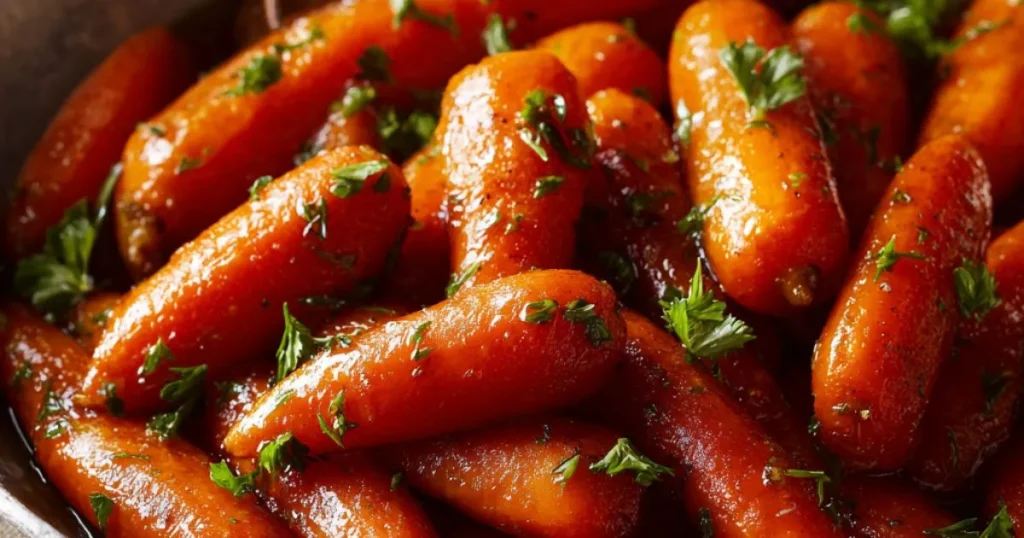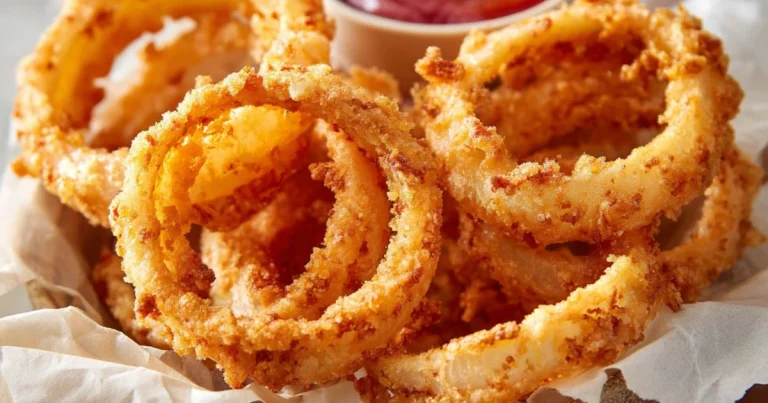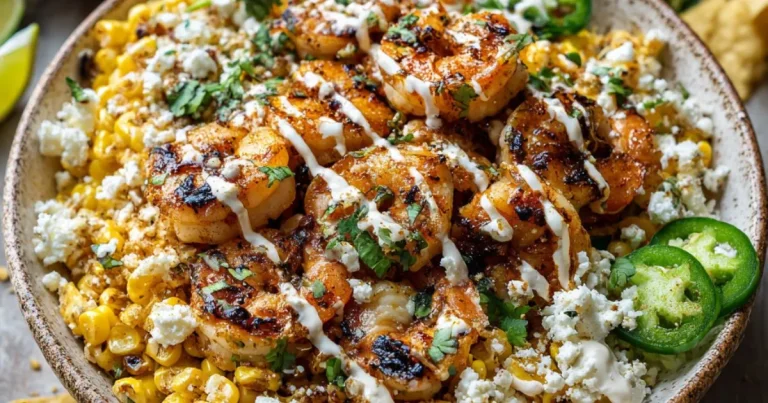Glazed Carrots: Sweet, Savory, and Perfect for Any Meal
If you’re looking for a simple yet elegant side dish that pairs with almost any main course, glazed carrots are a must-try. Their vibrant orange hue, tender texture, and sweet buttery glaze make them a favorite at holiday dinners, weeknight meals, and special occasions alike. Whether you prefer the classic brown sugar glaze, honey, or maple syrup, these easy-to-make carrots bring flavor and sophistication to your table with minimal effort.
The magic of glazed carrots lies in their versatility. You can keep them classic with a simple butter and brown sugar combination or experiment with flavor twists such as maple, lemon, or pomegranate. For an easy-to-follow guide on the basic technique, Cooking Classy provides a perfect step-by-step recipe that ensures glossy, caramelized carrots every time. Meanwhile, Lexi’s Clean Kitchen shows a healthy honey-glazed variation that keeps the dish light without compromising on flavor.
For those looking for a more herbaceous and gourmet approach, Feasting at Home demonstrates herb-infused glazed carrots featuring thyme and parsley. These variations show just how adaptable glazed carrots can be, making them suitable for a wide range of dietary preferences, including dairy-free or vegan adaptations using coconut oil instead of butter.
Ingredients for Perfect Glazed Carrots
To make glossy, flavorful glazed carrots, you’ll need simple, wholesome ingredients:
- Carrots – whole, sliced, or baby carrots; cut on the bias for the best presentation.
- Butter or coconut oil – for a rich, glossy coating.
- Sweetener – brown sugar, honey, or maple syrup.
- Liquid – water or vegetable broth to cook the carrots gently.
- Seasonings – salt and black pepper to taste.
- Optional extras – lemon juice, fresh herbs (parsley, thyme, rosemary), sesame seeds, or pomegranate molasses for added flavor complexity.
This list can be adapted depending on dietary preferences, making glazed carrots a versatile and customizable side dish.
Equipment Needed
Preparing glazed carrots doesn’t require specialized kitchen tools:
- Skillet or sauté pan with a lid for stovetop cooking.
- Cutting board and knife to slice carrots evenly.
- Measuring spoons and cups.
- Wooden spoon or spatula for stirring.
- Serving dish or platter for presentation.
Step-by-Step Instructions
Follow these steps to achieve perfectly tender, glossy glazed carrots:
- Prepare the Carrots
- Wash, peel if desired, and cut carrots into even slices or diagonals. Uniform pieces cook evenly.
- Sear / Caramelize
- Heat butter or oil in a skillet over medium heat.
- Add carrots in a single layer, allowing them to sear for a few minutes without stirring to encourage caramelization.
- Simmer
- Add a splash of water to the skillet and cover.
- Let the carrots simmer until tender but not mushy, about 5–8 minutes depending on size.
- Add the Glaze
- Stir in your sweetener of choice (brown sugar, honey, or maple syrup).
- Continue cooking over low heat until the liquid reduces to a shiny, thick glaze that coats each carrot evenly.
- Season and Garnish
- Taste and adjust salt and pepper.
- Optional: stir in herbs, a squeeze of lemon, or sprinkle with sesame seeds or pomegranate arils.
- Serve warm on a shallow platter or skillet for an elegant presentation.

Tips & Troubleshooting
Making flawless glazed carrots is easier when you follow a few simple tips and avoid common pitfalls. Here’s what to keep in mind:
- Even slicing matters: Cut carrots into uniform pieces—either baby carrots or diagonally sliced—to ensure they cook evenly. Uneven pieces can result in some carrots being mushy while others remain crunchy.
- Don’t overcrowd the pan: Adding too many carrots at once traps steam, preventing caramelization. Cook in batches if necessary to achieve a glossy, perfectly seared glaze.
- Control the heat: Reduce the glaze over low to medium heat. Too high a flame can burn the sugar, giving your carrots a bitter taste.
- Adjust the glaze consistency: If it’s too thin, let it reduce further; if it’s too thick or sticky, add a splash of water or butter to loosen it.
- Use the right sweetener: Honey and maple syrup add depth and complexity, while brown sugar creates a classic caramel flavor. Choose according to taste and dietary preference.
- Add herbs at the end: Fresh parsley, thyme, or rosemary should be stirred in after glazing to preserve their flavor and color.
- Dairy-free alternatives: Swap butter with coconut oil for vegan-friendly glazed carrots.
Following these tips ensures your glazed carrots are tender, shiny, and packed with flavor every time. Avoiding these common mistakes guarantees a side dish that’s both visually stunning and delicious.
Fun Variations & Flavor Twists
Glazed carrots are versatile, allowing you to experiment with flavors and elevate this classic side dish for any meal or occasion. Here are some delicious twists:
- Maple-Glazed Carrots: Swap brown sugar or honey for maple syrup to create a rich, caramel-like sweetness. Perfect for fall and holiday dinners.
- Lemon-Glazed Carrots: Add a splash of fresh lemon juice or a little zest at the end of cooking. The citrus brightens the flavor and balances the sweetness.
- Pomegranate-Glazed Carrots: Use pomegranate molasses or sprinkle with fresh pomegranate arils for a tangy, gourmet touch.
- Herb-Infused Carrots: Stir in fresh thyme, rosemary, or parsley just before serving. Herbs add aromatic complexity and a burst of color.
- Roasted Glazed Carrots: Toss carrots with glaze and roast in the oven for deeper caramelization and a slightly smoky flavor.
- Spiced Glazed Carrots: Add a pinch of cinnamon, nutmeg, or ground ginger for a warm, cozy taste that pairs well with roasted meats.
- Vegan / Dairy-Free Options: Substitute butter with coconut oil and use honey alternatives like agave for a plant-based twist.
These variations show how simple adjustments transform basic glazed carrots into a personalized, show-stopping side dish. Experiment with sweet, tangy, and herby elements to make the recipe uniquely yours.
Nutrition & Health Considerations
Glazed carrots are not only delicious but also nutrient-packed, making them a wholesome addition to any meal. Carrots are naturally rich in vitamin A, supporting eye health, and provide vitamins K and C, which aid in immunity and bone strength. They’re also a good source of fiber, promoting digestive health and helping maintain steady blood sugar levels.
When making glazed carrots, the type of sweetener and fat you use affects their nutritional profile. Opting for honey or maple syrup instead of refined sugar adds natural sweetness with trace minerals, while coconut oil or plant-based butter can make the dish dairy-free and vegan-friendly. For a lighter option, reduce the amount of sweetener or use a sugar substitute.
Pairing glazed carrots with lean proteins or whole grains creates a balanced meal, allowing you to enjoy a flavorful, visually appealing side dish while still keeping it nutritious.
Make-Ahead, Storage & Reheating
Glazed carrots are ideal for meal prep or holiday planning because they can be made ahead without losing flavor or texture. You can cook and glaze the carrots up to 24 hours in advance and store them in an airtight container in the refrigerator. This allows the flavors to meld while keeping the carrots tender and glossy.
For longer storage, unglazed carrots can be prepped and kept in the fridge for 2–3 days or frozen for up to two months. When ready to serve, gently reheat the carrots over low heat on the stove, stirring occasionally to recoat them in the glaze. If the glaze has thickened during storage, add a small splash of water or butter to restore the silky consistency.
Glazed carrots can be served warm or at room temperature, making them a flexible, crowd-pleasing side dish for holidays, family dinners, or entertaining guests.
Serving Suggestions
Glazed carrots are a versatile side that complements a wide variety of main dishes and meal occasions. Their natural sweetness and tender texture make them a perfect pairing for holiday roasts, such as turkey, ham, or roast beef, adding both color and flavor to your plate.
For weeknight dinners, serve them alongside grilled or baked chicken, pork chops, or salmon for a simple yet elegant meal. You can also include them on a vegetable medley platter with roasted Brussels sprouts, green beans, or parsnips for a festive and balanced side.
Garnish glazed carrots with fresh herbs like parsley, thyme, or rosemary for added aroma and visual appeal. A sprinkle of citrus zest or toasted sesame seeds can enhance the flavor and presentation. For an elegant touch, serve them in a shallow skillet or white serving platter to highlight the glossy glaze.
FAQ
- Can I use baby carrots? Yes, but adjust cooking time since smaller carrots cook faster.
- Which sweetener is best? Honey and maple syrup add complex flavor; brown sugar is classic.
- How do I keep the glaze from hardening? Cook gently and avoid over-reducing; add water if necessary.
- Can I make this dish vegan? Yes, use coconut oil instead of butter and plant-based sweeteners.
- What herbs work best? Parsley, thyme, rosemary, or a splash of lemon juice complement the sweet glaze beautifully.
Why Glazed Carrots Work
Glazed carrots perfectly balance sweet and savory flavors, offering tender texture and a glossy finish that makes any meal feel special. They’re simple yet elegant, versatile for flavor variations, and nutritionally beneficial. The dish works for holidays, weeknight dinners, and entertaining alike.
Glazed carrots are a timeless side dish that combines natural sweetness, buttery richness, and endless versatility. Whether classic, herb-infused, or with creative twists, they’re sure to delight any table. Make a batch for your next meal and enjoy the vibrant flavor and elegance of this simple, crowd-pleasing side dish.







